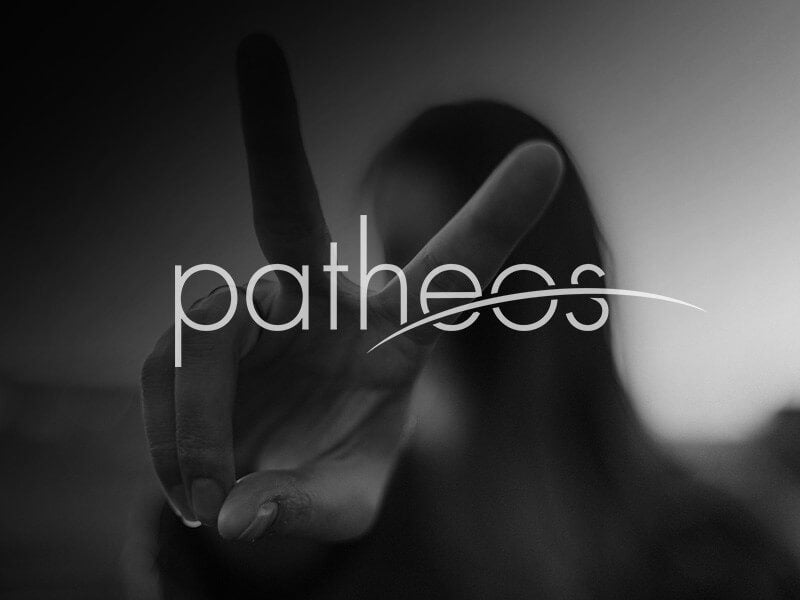Several years ago, a friend of mine covered his enormous tricep with a portrait of his parents. On the whole, it was a good tattoo, even if the black-and-white fine-line work did resemble a style popular among inmates of Arizona’s state penitentiaries. For some reason, he’d had it superimposed on an older, cruder piece — a single strand of barbed wire — with the upshot that he appeared to have sent Mom and Pop to Auschwitz.
Stories about tattoo faux pas are all to easy too come by. Your tastes can change. You could succumb to the infamous tattoo fever and beggar yourself on ink out of mindless compulsion. The design you picked might end up implying something about you you never in a million years would have wanted to imply.
On every single one of those points, Yours Truly could serve as a cautionary tale. I got my first three tattoos in the space of five months, when I was 17. It took me only a few years to recognize that every single one of them was cheesy enough to spread on a Triscuit. Worse, every single one has an unwholesome meaning I could never have guessed at the time. That top-hatted skull on my left bicep is actually an image of Baron Samedi, the most powerful loa in the Voudun religion. That black heraldic lion, rampant on my right shoulder? Why, that’s the Vlaamse Leuuw, or Lion of Flanders, beloved of far-right Dutch-speaking Belgians. That Asian-style dragon perching on my left shoulder, its tail hanging down my tricep, is a near match for the emblem of a Hong Kong triad gang. Or anyway, that’s what I surmised one tense evening in a Kowloon sauna, from the surly looks of a native with a similar tattoo and — apparently — no sympathy for the ecstasy of influence.
But for all my hideous mistakes, I simply cannot reject tattoos out of hand in the manner of fashionista Simon Doonan. In Slate, Barney’s ambassador-at-large declares himself ink-free and proud to remain so. Not only does Doonan rate tattoos lower than tap-dancing and accordion music, he thinks tattoos, simply by entering the mainstream from the margins, have lost all their meaning. Finally, he accuses ink enthusiasts of nurturing a subtle, socially acceptable masochism. “If you look at Facebook, play video games and online Scrabble, and/or scour Slate 24 hours a day,” writes Doonan, “you will eventually reach a freaky plateau of desensitized unreality. You will crave the enlivening, awakening, back-to-reality release which comes from the jabbing pain of a tattoo needle.”
In the first place, I take issue with Doonan’s view of history. It’s true that 45 million Americans are now tattooed — probably a record number — but that trend predates social media, and even the Internet as we currently know it. I got my first three tattoos in 1989; when I showed them off, my classmates gasped. But the following year, when I went off to college — in Arizona, mind, back when the state was happy to be known as a haven for retirees, Mormons and John Birch types — I found a tattoo parlor right across the street from campus. As I recall, the artists there did better work than either of the guys I’d given my business to. By the time I earned my degree, the studio had a number of rivals, all catering to students with dreams of upward mobility.
Neither do I buy Doonan’s point that tattoos have come down in the world because they no longer carry the message he summarizes as “Don’t mess with me because I am insane.” Why should criminals and cannibals have the right to bar the rest of us from their private party? My mistake — and I plead my extreme youth as an extenuating circumstance — was picking tattoos in the hope that they would make me look insane. With hindsight, I wish I’d had the self-confidence of those people who cover their biceps or calves with R2D2 or Harry Potter. These tattoos send just as strong a message, namely, “I am a socially retarded fanboy (or -girl), but I make enough at my IT job that I can fly my freak flag high.”
Here, in a nutshell, is why tattoos are trendy, and trending: they represent a form of physical beauty you can pay cash for. Those aren’t as common as they should be. Height and good bones are things you’re born with; muscles require obsessive cultivation. Even tans take time (if not energy). Tattoos are like nifty haircuts that never grow out, or snappy leather jackets that cost nothing extra to clean. And they make better conversation pieces than any more detachable or perishable accessories. Maybe some people have figured out how to say, “Wow, great dye job” without sounding like complete imbeciles, but I can’t pull it off. Tattoos, on the other hand, demand attention; once people start talking about them, and the stories behind them, the challenge is getting them to shut up.
Tattoos also make fantastic compensatory chic. Ink haters like to ask, “How are those things going to look when you’re old and wrinkled?” That’s the very moment at which tattoos start earning their keep. When your body looks good on its own, marking it might mean gilding the lily; when it starts looking blah, those markings may be the only nice things left to be said for it.
By way of analogy, consider Oscar Wilde. Even before his prison term, he was a fat, middle-aged guy with bad teeth. He also sported a top-drawer wardrobe and waved his hair into what he liked to call a “Neronian coiffure.” When he got out of prison, he was a fat, middle-aged guy with bad teeth who wore cheap suits and derby hats. His appearance went further downhill in two years than Elvis’ did in 20, and it was the accessories that made all the difference. Sure, the post-Reading Wilde was also completely demoralized and fatally ill, but I maintain he could have fought his way back, given the funds for retail therapy.
Come to that, a tattoo might have done Wilde some good. I don’t think he’d have been quite institutionalized enough to have “C.3.3.,” his prisoner’s ID, etched into his chest, and he didn’t have enough knuckles to acccomodate “ALL MEN KILL THE THING THEY LOVE.” A lily entwined with a shamrock might have been more his speed — anything but “BOSIE.”
Most people aren’t aware of this, but I have a conservative social critic living inside my head. His name is Dr. Stuffy, PhD, M.Phil, and he serves as a contributing editor for Commentary. And, oh my stars, does he ever hate the cult of youth. He thinks Western civilization fell when men stopped wearing fedoras and suspenders (or, as he learned to call them up at Magdalen, “braces”). On women, he likes to see pantyhose (so much so that I think he’s a bit of a fetishist). You should just hear him on tattoos: “Noxious traces of the false romanticism that exalts the infantile and the primitive” is about as generous as he gets.
But even Dr. Stuffy clammed up that time in grad school when I took a friend’s mother to get tattooed. The woman was about 50, and the tattoo was her way of raising a triumphal arch over some major event. I’m a little embarassed to admit I forget exactly what she’d done, but it was something on the order of beating cancer or starting a new career. The body art served to remind her that she was still capable of dramatic and positive change. As a declaration of “Not dead yet,” the tattoo was a lot cheaper than a new car, and probably more reliable than a new boyfriend.
I suppose it’s strange, then, that I’ve never been attracted to tattooed women. To see a woman with something she considers special enough to insert into her very dermis is plain unnerving. Tattoos are less like cats in this respect than kids, but kids who will never exhaust their mother to the point where she collapses, broken and desperate, into my waiting arms. I am threatened; I am jealous.
I’m also all inked out for now. But if I ever feel the itch again, maybe I should have “TOTAL NEUROTIC” scrawled on my forehead. But nah — why ruin the surprise?











